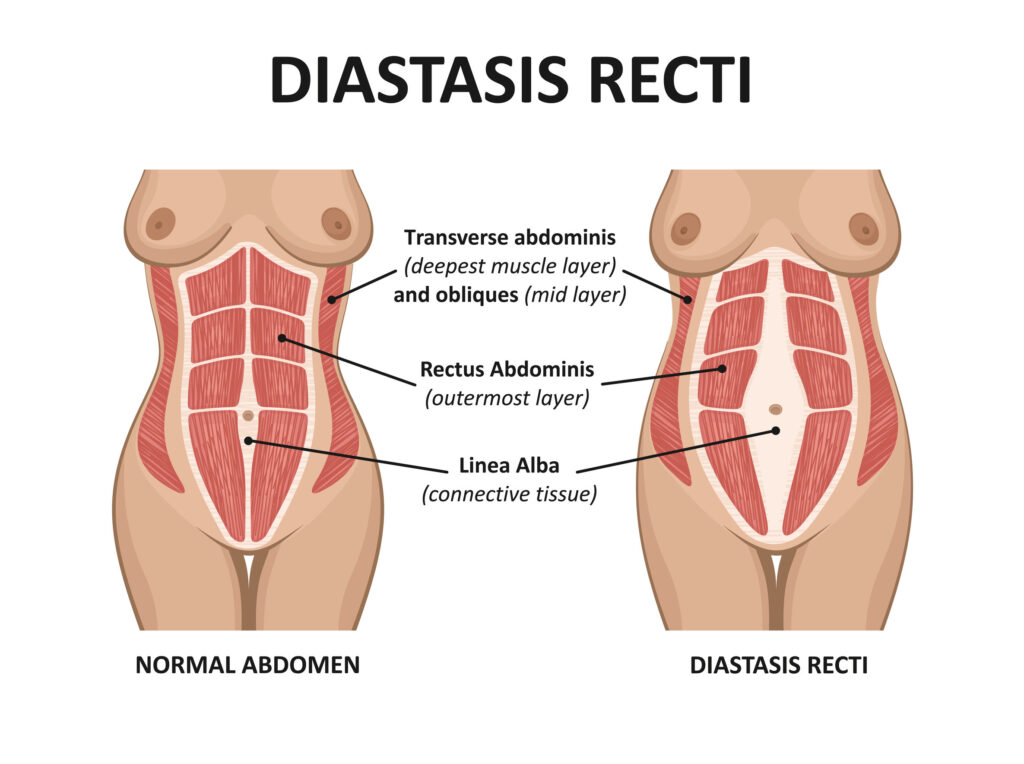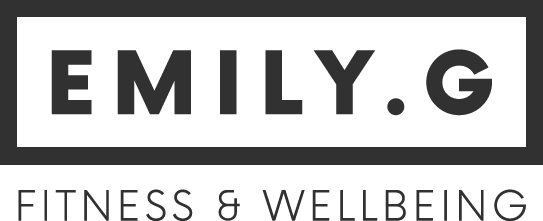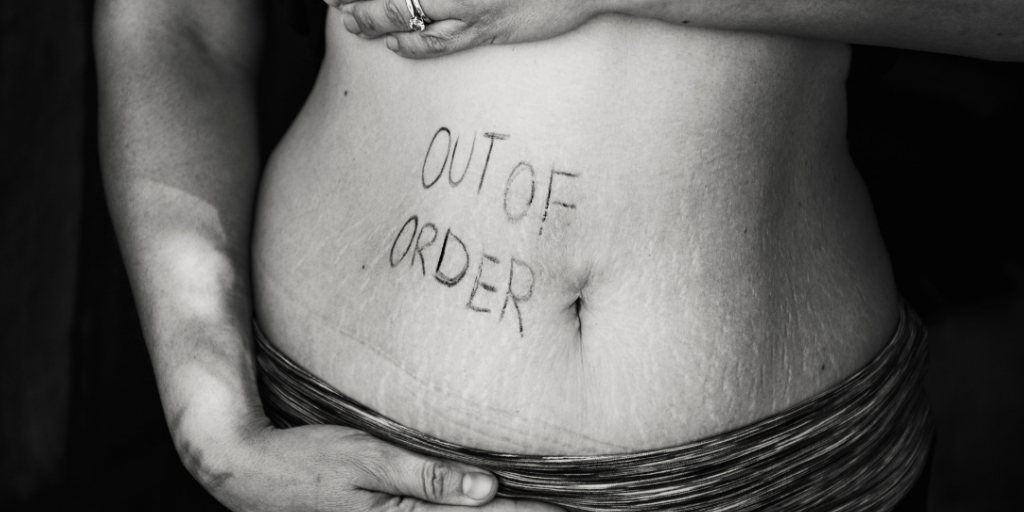Diastasis Recti? What is that?
Diastasis Recti – or abdominal separation – is a separation of the Rectus Abdominis (the ‘6-pack’ muscles). The separation occurs when the Linea Alba, connective tissue in the front of the belly, becomes stretched. The stretching most often occurs as the ab muscles separate later in pregnancy. As a result the Linea Alba loses its firmness and supportive function causing weakness.

Why should I care about Diastasis Recti?
Because a gap in the abdominals can lead to issues such as back pain, pelvic floor problems such as stress incontinence, umbilical hernias and gastrointestinal issues. The muscles of the abdomen all work together with the muscles of the pelvic floor and back. In Diastasis Recti these muscles’ ability to work is weakened. Therefore they cannot support the back or pelvic floor sufficiently.
It’s not about the look – the mummy tummy. It’s about how the Diastasis can make you feel.
What causes Diastasis Recti?
Often Diastasis Recti is seen during and after pregnancy. The weight of the baby and the effects of this on bodily alignment cause an increase in pressure on the abdominal wall. Diastasis Recti is usually caused by excessive and uncontrolled intra-abdominal pressure. As a result pregnancy is not the only cause of a DR. Others include weight gain, abdominal surgery, exercises such as crunches, oblique twists etc, gymnastics, tennis and even swimming and golf.
The estimated number of women with Diastasis Recti in pregnancy range from 70-100%. Post baby around 35-40% of women will still have a Diastasis 8 weeks after giving birth. For measuring purposes this means a gap of 2-3 fingers width and little firmness in the Linea Alba. Without intervention in the form of rehab or physio this gap will remain with little improvement 12 months post birth.
Does a Diastasis always require surgery?
No – there are cases where surgery may be needed, but it is not inevitable. With rehab work and physiotherapy many women can heal without the need for surgery.
The gap isn’t the be all and end all
A healed Diastasis Recti doesn’t necessarily equal no gap. What we want to see is firmness in the Linea Alba. A firm Linea Alba can create good tension when called upon and this is much more important than the gap being perfectly closed.
Firstly, don’t stress! Get checked by a professional and if possible see a women’s health physiotherapist to assess exactly where you are.
If you need help with a DR safe exercise routine, get in touch! I will teach you gentle movements that will activate the deep core muscles and get everything functioning well. Then safely take you on to feeling confident in your body and its abilities. Full body strength for a full life!
Interested to know more? Contact me or check out my postnatal training options and the Stronger Mother online programme.

